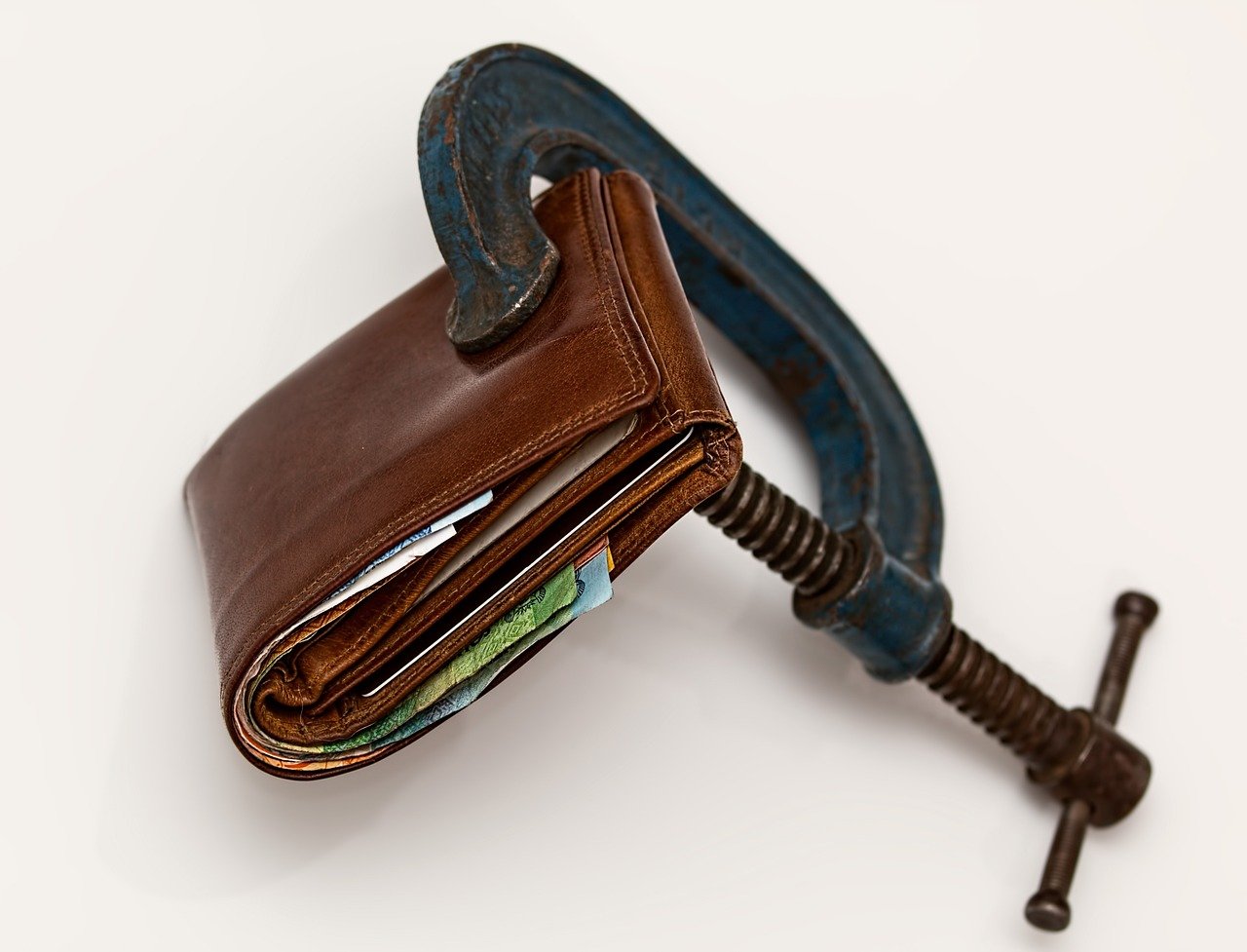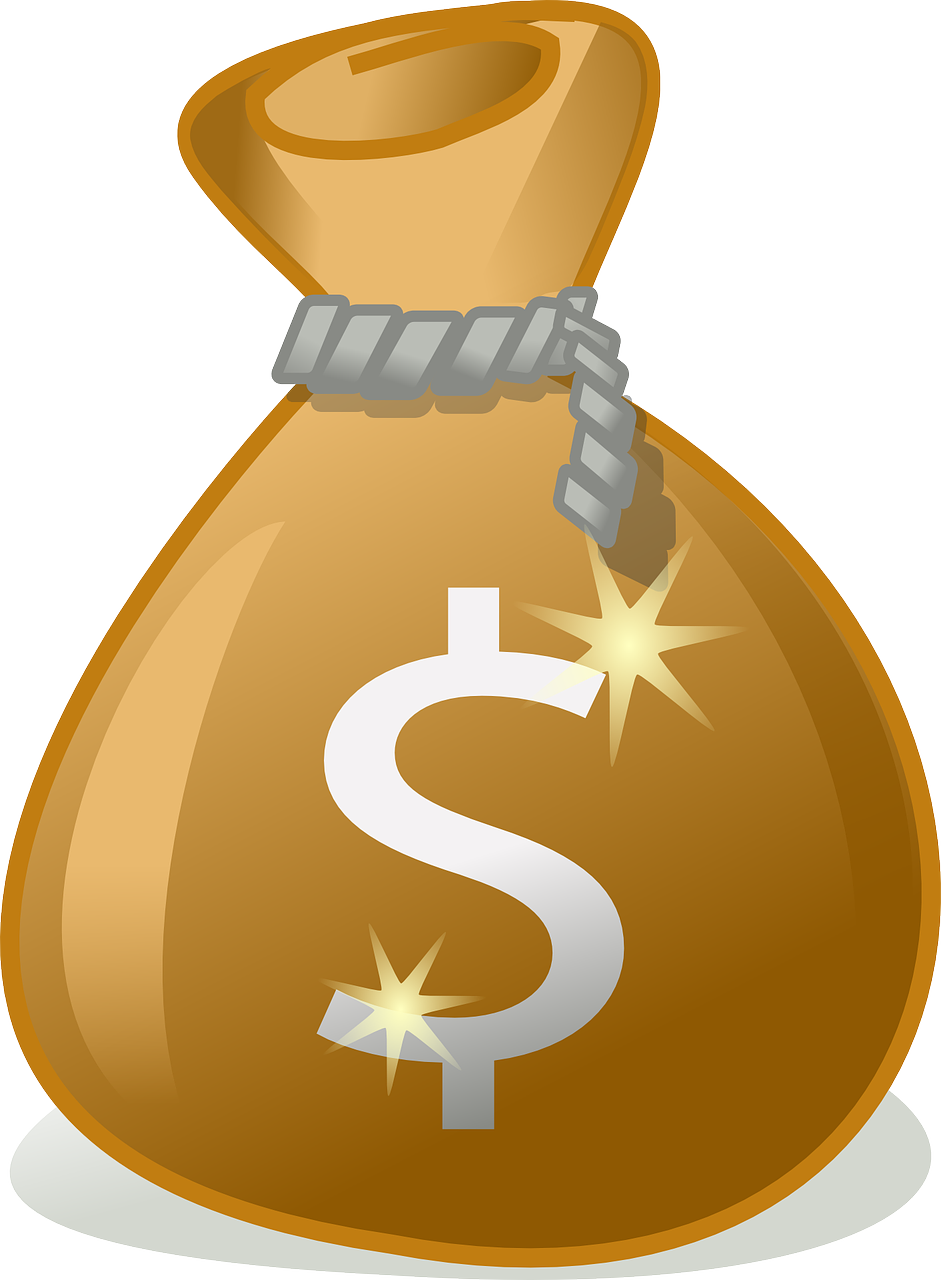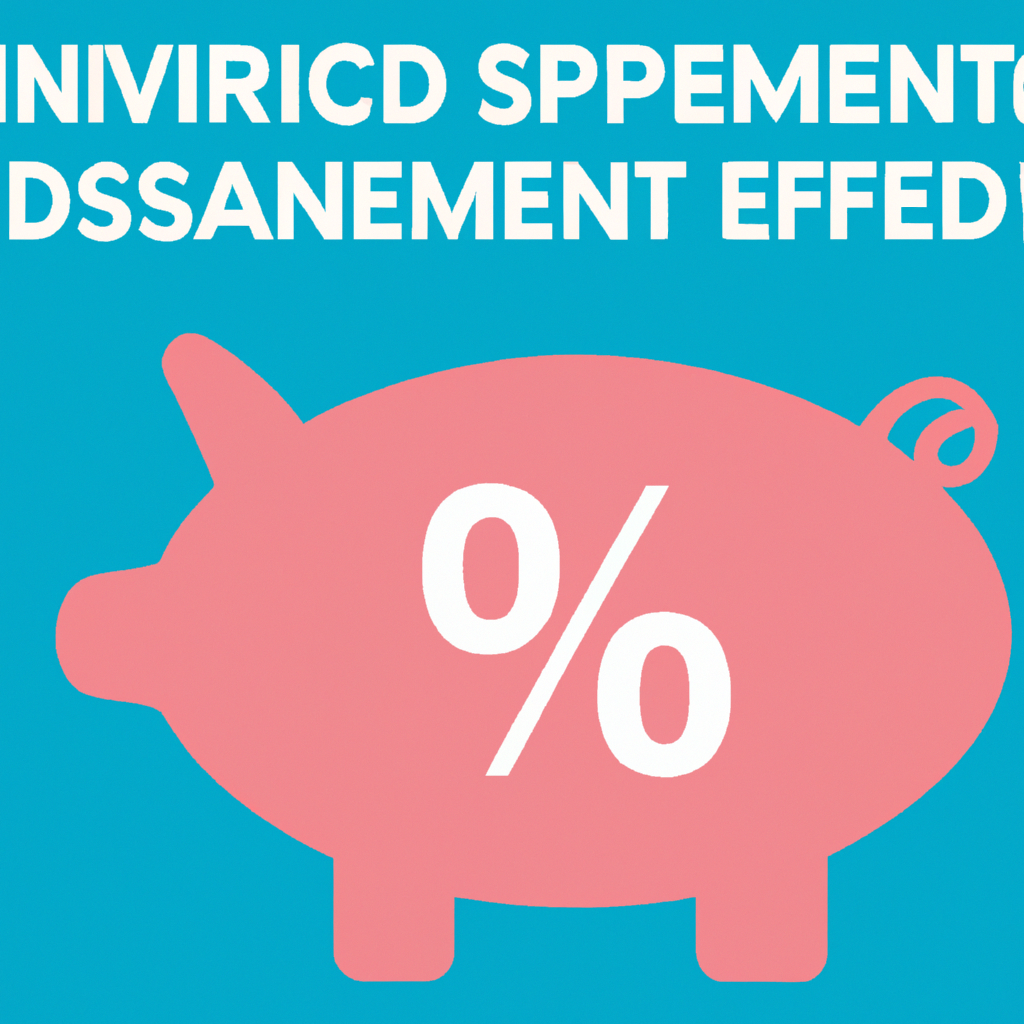You have the power to take control of your finances and make a positive change! In this article, we will explore the concept of reducing discretionary spending by a specific percentage. By making thoughtful choices and being mindful of your expenses, you can unlock the potential to save more and achieve your financial goals. So, buckle up and get ready to discover practical tips and strategies that will help you trim down your discretionary spending without sacrificing the enjoyment of life’s little luxuries. Let’s embark on this money-saving journey together!
Identify Current Discretionary Spending
Review budget and financial statements
To begin reducing your discretionary spending, it’s essential to have a clear understanding of where your money is going. Take some time to review your budget and financial statements. Look at your income and expenses over the past few months to get a sense of your spending habits. This will help you identify areas where you can make cuts.
Identify categories of discretionary spending
Discretionary spending refers to expenses that are non-essential or optional. These are the expenses that you have control over and can potentially reduce or eliminate. Common categories of discretionary spending include dining out, entertainment, shopping, and travel. Take note of which categories you tend to spend the most in, as these will likely be areas where you can make the most significant changes.
Analyze spending habits and patterns
Once you’ve identified the categories of discretionary spending, take a closer look at your spending habits and patterns within each category. Are there certain times of the month or year when you tend to spend more? Are there any trends or patterns in your spending behavior? By understanding your spending habits, you can better prepare yourself for making changes and identify specific areas to target for reduction.
Set a Specific Percentage Goal
Determine reduction target percentage
Now that you have a clear picture of your current discretionary spending, it’s time to set a specific percentage goal for reduction. How much do you want to cut back? Setting a concrete target will help you stay motivated and focused on achieving your goal. For example, you might decide to reduce your discretionary spending by 20% or 30%.
Consider financial goals and constraints
While it’s important to set an ambitious reduction target, it’s also essential to consider your overall financial goals and constraints. You want to find a balance between cutting back on unnecessary spending and maintaining a comfortable lifestyle. Consider factors such as debt repayment, saving for emergencies, and investing for the future when setting your target percentage.
Establish a realistic timeline
Reducing discretionary spending takes time and effort, so it’s important to set a realistic timeline for achieving your goal. Consider how quickly you want to reach your target and whether it’s feasible given your current financial situation. It’s better to set a longer timeline and achieve your goal gradually than to set an overly ambitious timeline and risk falling short.

Evaluate and Prioritize Discretionary Expenses
Categorize expenses into essential and non-essential
To effectively reduce discretionary spending, it’s helpful to categorize your expenses into essential and non-essential. Essential expenses are those that are necessary for basic living needs, such as housing, utilities, and groceries. Non-essential expenses are those that you can cut back on without significantly impacting your quality of life, such as eating out, entertainment, and subscription services.
Assess the importance and value of each discretionary expense
Now that you have categorized your discretionary expenses, take the time to assess the importance and value of each one. Consider the pleasure or fulfillment you derive from each expense and weigh it against your overall goal of reducing spending. This will help you prioritize which expenses are worth keeping and which ones can be reduced or eliminated.
Identify potential areas for reduction or elimination
During the assessment process, you may identify certain discretionary expenses that can be reduced or eliminated altogether. Look for areas where you’re spending more than necessary or where you can find cost-effective alternatives. For example, if you dine out multiple times a week, consider cooking more meals at home or packing your lunch for work. By identifying these areas, you can make targeted changes that will have a significant impact on your overall spending.
Track and Monitor Spending
Use budgeting tools or apps to track expenses
Tracking your expenses is crucial in any effort to reduce discretionary spending. Fortunately, there are many budgeting tools and apps available that can make this process more manageable. These tools allow you to input your expenditures and automatically categorize them, providing you with a clear visual representation of where your money is going. Regularly input your expenses and review the data to monitor your progress.
Regularly review and analyze spending patterns
In addition to tracking your expenses, it’s important to regularly review and analyze your spending patterns. Look for any trends or patterns that may be hindering your progress in reducing discretionary spending. Are there certain triggers that lead to unnecessary purchases? By being aware of these patterns, you can take steps to address them and make more informed financial decisions.
Identify areas of overspending or unnecessary expenditure
Through tracking and analysis, you may identify areas of overspending or unnecessary expenditure. These are the areas where you can make the most significant impact on reducing discretionary spending. Use the data from your budgeting tools or apps to pinpoint these areas and develop strategies for cutting back. This could involve setting spending limits, finding more affordable alternatives, or simply being more mindful of your spending habits.

Create a Detailed Spending Plan
Allocate reduced budget amounts to discretionary categories
With a clear understanding of your current discretionary spending and reduction goals, it’s time to create a detailed spending plan. Allocate reduced budget amounts to each discretionary category based on your target percentage. For example, if your target is to reduce dining out expenses by 50%, adjust your budget accordingly to reflect this reduction.
Establish spending limits for each category
To ensure you stick to your spending plan, establish spending limits for each discretionary category. These limits will act as a boundary, preventing you from overspending and derailing your reduction efforts. Be realistic when setting these limits, taking into account your financial goals, lifestyle, and the value you place on each category.
Consider alternative, cost-effective options
As you create your spending plan, consider alternative, cost-effective options for each discretionary category. Look for ways to enjoy your favorite activities or hobbies without spending as much money. For example, instead of going to expensive restaurants, try cooking more meals at home or hosting potluck dinners with friends. By exploring these alternatives, you can maintain your lifestyle while still reducing your expenses.
Implement Cost-Cutting Measures
Manage impulse buying and unnecessary purchases
Impulse buying and unnecessary purchases can quickly derail your efforts to reduce discretionary spending. To combat this, implement strategies to manage these tendencies. Before making a purchase, ask yourself if it aligns with your reduction goals and if it’s something you truly need or value. Taking a moment to pause and reflect can help you make more intentional and mindful purchasing decisions.
Limit dining out and entertainment expenses
One of the most effective ways to reduce discretionary spending is by limiting dining out and entertainment expenses. Instead of eating out or going to the movies every weekend, consider alternative activities that are more affordable or free. Plan picnics in the park, host game nights at home, or explore local cultural events and exhibitions. By being creative and open-minded, you can still have fun while significantly reducing your expenses.
Negotiate discounts or seek out sales and promotions
When it comes to discretionary expenses, there may be opportunities to negotiate discounts or seek out sales and promotions. This can apply to anything from gym memberships to clothing purchases. Don’t be afraid to ask for a better deal or wait for sales to make your purchases. By being proactive and savvy, you can save money and stick to your reduction goals.

Explore Subscriptions and Membership Consolidation
Evaluate current subscriptions and memberships
Take some time to evaluate your current subscriptions and memberships. Are you fully utilizing all of them? Are there any that you can do without? Look for redundant or underutilized subscriptions that can be canceled or consolidated. For example, if you have multiple streaming services, consider choosing one or two favorites and canceling the rest.
Cancel or consolidate redundant or underutilized subscriptions
Once you’ve identified redundant or underutilized subscriptions, take action to cancel or consolidate them. Be mindful of any cancellation or contract termination fees and factor them into your decision. Consolidating your subscriptions can not only save you money but also simplify your life by reducing the number of accounts to manage.
Look for cost-effective alternatives or shared memberships
If you find it challenging to part with certain subscriptions or memberships, explore cost-effective alternatives or shared memberships. Look for family plans that allow multiple users at a lower cost or consider sharing the cost with friends or family members. By finding creative solutions, you can still enjoy the benefits of these services while reducing your expenses.
Reduce Energy and Utility Costs
Implement energy-saving practices at home or in the office
Reducing energy and utility costs is not only environmentally friendly but also financially beneficial. Implement energy-saving practices at home or in the office, such as turning off lights and electronics when not in use, using natural lighting whenever possible, and properly insulating your home. These simple changes can lead to significant savings over time.
Turn off lights and electronics when not in use
A simple but effective way to reduce energy costs is by turning off lights and electronics when they are not in use. Get into the habit of switching off lights when you leave a room and unplugging electronic devices that are not being used. This small action can make a noticeable difference in your utility bills.
Use energy-efficient appliances and bulbs
Consider upgrading to energy-efficient appliances and bulbs. While there may be an upfront cost, these energy-saving options can lead to long-term savings. Look for appliances with an ENERGY STAR label and switch to LED or CFL bulbs, which use significantly less electricity than traditional incandescent bulbs.

Minimize Transportation Expenses
Consider carpooling or using public transportation
Transportation expenses can consume a significant portion of your budget. To reduce these costs, consider carpooling or using public transportation whenever possible. Carpooling allows you to split the cost of fuel and parking with others, while public transportation can be a more cost-effective alternative to maintaining a personal vehicle. Explore your options and choose the one that makes the most sense for your lifestyle and location.
Combine errands and trips to reduce fuel consumption
Another way to minimize transportation expenses is by combining errands and trips. Plan your outings in a way that allows you to complete multiple tasks in one trip, reducing the amount of fuel you consume. This small adjustment can lead to significant savings over time.
Explore bike or walking options for short distances
For short distances, consider exploring bike or walking options. Not only will you save money on fuel, but you’ll also enjoy the health benefits of physical activity. If the distance is manageable, leave your car at home and enjoy the fresh air as you bike or walk to your destination.
Evaluate and Adjust the Plan Regularly
Track progress towards the reduction goal
Once you have implemented your spending plan and cost-cutting measures, it’s crucial to track your progress towards the reduction goal. Regularly review your financial statements and budgeting tools to see how you’re doing. Celebrate your successes and identify areas where you may still need to make adjustments.
Review and modify the spending plan as needed
As you track your progress, you may find that certain aspects of your spending plan need to be adjusted. Allow yourself the flexibility to modify the plan as needed to better align with your financial goals and constraints. Remember, the plan is meant to be a guiding tool, and it’s okay to make changes along the way.
Stay accountable and motivated
Reducing discretionary spending can be challenging at times, but staying accountable and motivated is key to your success. Find ways to hold yourself accountable, such as sharing your goals with a trusted friend or family member or joining a community of like-minded individuals working towards similar financial goals. Use motivational strategies such as visualizing the benefits of reduced spending or rewarding yourself for reaching milestones along the way.
By following these steps and implementing the suggested strategies, you can successfully reduce your discretionary spending by a specific percentage. Remember, it’s a journey that requires commitment and persistence, but the financial freedom and peace of mind that come with it are well worth the effort. Happy saving!


